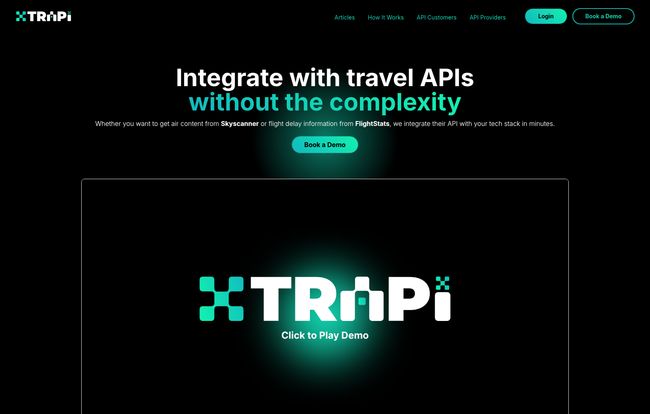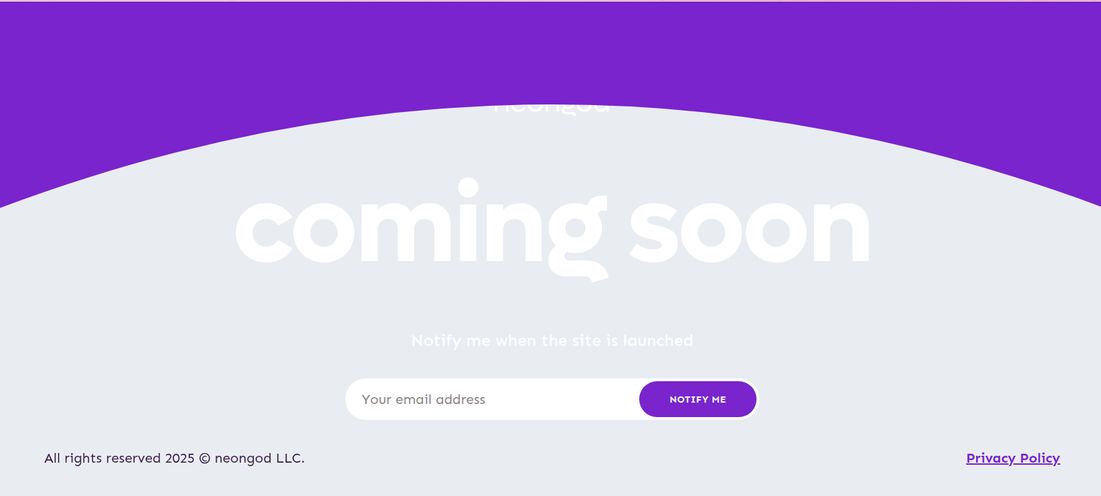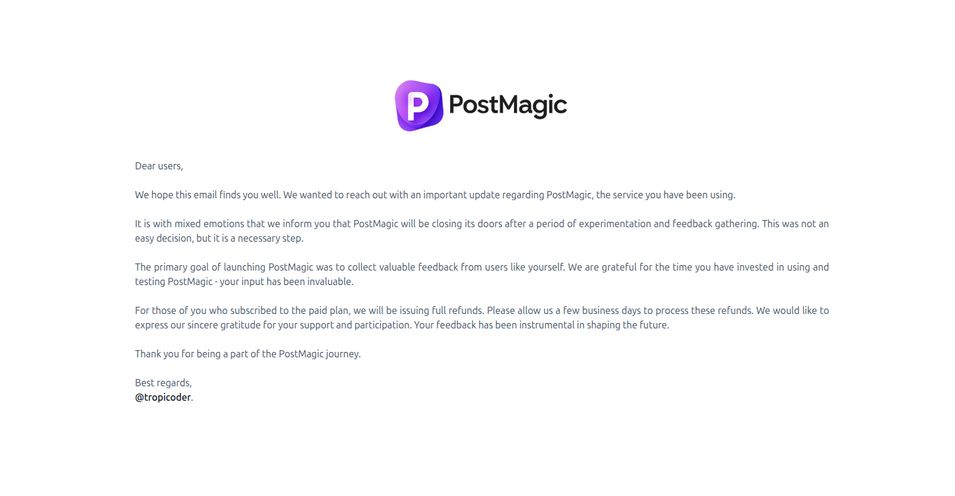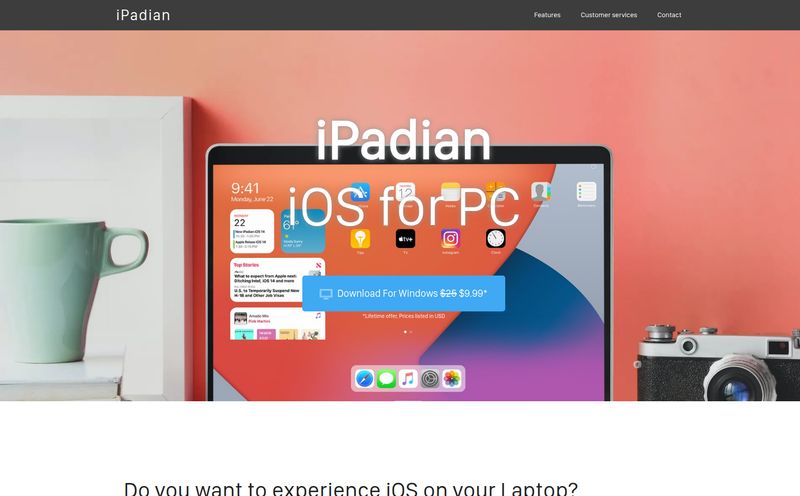If you’ve worked in travel tech for more than a week, you know the dirty little secret. It’s not the demanding customers or the paper-thin margins. It’s the APIs. Oh, the APIs. They are the plumbing of our entire industry, the magical pipes that connect flight data, hotel availability, and tour bookings to the shiny front-ends our customers see. But getting those pipes to connect? It’s often a soul-crushing, budget-draining, hair-pulling nightmare.
I’ve been there. I once spent the better part of a quarter on a “simple” flight data integration that turned out to be anything but. We were wading through documentation thicker than a phone book (remember those?), dealing with confusing endpoints, and celebrating when we finally got a successful test call back. The project went over budget, the developers were burnt out, and by the time we launched, the API provider had already announced a new version we’d have to upgrade to. Fun times.
So when I first stumbled upon a platform called TRAPI, my battle-hardened cynicism immediately kicked in. Their headline claim? “Integrate with any travel related API in under an hour, at a fraction of the cost.” Yeah, right. I’ve heard those promises before. But then I saw their demo, and I have to admit… my curiosity was piqued. Could this actually be the thing that saves us from integration hell?
So, What Is This TRAPI Magic Anyway?
At its core, TRAPI isn't just another API connector or a piece of middleware. It’s an AI-powered platform designed specifically for the travel industry. Think of it like a universal translator from Star Trek, but for code. You tell it you need to connect to the Skyscanner API or pull data from FlightStats. Instead of handing you a 200-page PDF and wishing you luck, TRAPI’s AI gets to work. It understands the provider's API, figures out how it needs to talk to your existing tech stack, and then generates the actual code for you to deploy.
It’s a bold concept. It aims to take the most time-consuming, complex, and frankly, boring part of a travel developer’s job and automate it. For product managers and startup founders, this means you can actually build and launch new features at the speed you dream about, rather than the plodding pace dictated by integration backlogs.
The All-Too-Familiar Nightmare of Travel Tech Development
Why is a tool like this even necessary? Because the old way is just… broken. The TRAPI website mentions it can take 3 months and £20k to integrate a single travel API. And honestly? That doesn’t sound exaggerated to me. It's not just writing the code. It’s the research, the developer time spent reading docs, the back-and-forth with the API provider's support team, the testing, the debugging, and the inevitable refactoring when you realize you misunderstood a crucial part of the authentication process.
This technical debt builds up. It’s a massive barrier to entry for new startups and a huge anchor weighing down established players who want to innovate. You have a great idea for a new dynamic packaging tool, but you can’t build it until your team spends the next six months integrating three new hotel and activity APIs. By then, the market has already moved on.
This is the silent killer of innovation in travel tech. The constant, grinding friction of making different systems talk to each other.
How TRAPI Is Changing the Integration Game
Okay, enough about the problem. Let’s talk about the solution TRAPI proposes. They claim they can reduce integration costs by 90% and save 95% of the time. Those are wild numbers. Here’s how they apparently pull it off.

Visit TRAPI
Seriously, From Months to Minutes?
This is the headline feature. The platform’s AI is the star of the show. It automates the discovery, understanding, and connection process. Instead of a developer spending weeks deciphering documentation, the AI does it in minutes. It provides the code for both backend and frontend integration, which is a huge accelerator. I'm still a bit skeptical about 'minutes' for a complex, enterprise-level job, but even if it's a few hours or a day, it’s a monumental improvement over a few months.
Forget Reading the Manual
TRAPI’s approach means you don’t need to become an expert in every single API you use. The platform handles the nuance and the jargon. This is especially powerful when it comes to API to API integrations. Imagine you want to offer flights from three different suppliers. Normally, you’d have to integrate with all three, each with its own quirks, and then build another layer on top to normalize the data so it can be displayed uniformly to the user. TRAPI aims to do that for you, providing a single, unified API that pulls from all your chosen sources. That’s not just a time-saver; it dramatically simplifies your entire architecture.
Automated Upgrades: The Unsung Hero
This one is HUGE, and I feel like it's an undersold feature. Anyone in tech knows the dread of getting that email: “We’re deprecating API v1.3 on…” It means weeks of work for your team to re-test and re-deploy everything to work with the new version. TRAPI says they automate this process. Their system detects the new version, understands the changes, and handles the upgrade for you. If this works as advertised, it’s an absolute game-changer. It turns a massive, recurring engineering project into a background task. That alone could be worth the price of admission.
A Healthy Dose of Skepticism: What's the Catch?
Alright, I’m an optimist, but I’m also a realist. No tool is perfect, and it's my job to look for the gotchas. Based on my experience and their model, here are a few things I’d be thinking about.
- Platform Dependency: This is the big one. When you use TRAPI, you’re building your integrations on their platform. It’s a trade-off. You gain incredible speed and simplicity, but you lose some control and become dependent on TRAPI’s continued service and performance. For most, this is probably a trade worth making, but it's something to consider.
- The AI is a Black Box: You're putting a lot of faith in TRAPI's AI to get the integration right. What if it misinterprets a niche parameter or an undocumented feature of an API? You’ll likely need solid support channels and your own robust testing to catch any AI-induced quirks.
- Initial Setup: While they promise integration in minutes, there’s still going to be an initial setup and configuration process to connect TRAPI to your environment. It's not pure magic; you'll still need some technical know-how to get the ball rolling.
The Big Question: What Does TRAPI Cost?
I clicked around the site looking for a pricing page, but couldn't find one. And that’s not surprising. This isn't a $10/month plugin. TRAPI is an enterprise-grade solution, and in the B2B SaaS world, that usually means “it depends.” The cost will likely be based on the number of APIs you’re integrating, the volume of calls, and the level of support you need.
The standard practice here is to get in touch with them. Their main call to action is “Book a Demo,” which is your gateway to a custom quote. Don’t see this as a red flag; see it as a sign that they want to understand your problem before selling you a solution, which is how it should be for a tool this impactful.
Who Should Book a TRAPI Demo Right Now?
After digging in, I have a pretty clear idea of who needs to be looking at this platform yesterday.
You have travel tech startups who need to move incredibly fast to find product-market fit. The ability to test a new supplier or add a new feature without a 3-month engineering project is a superpower. Then there are the established Online Travel Agencies (OTAs) or tour operators. For them, TRAPI could be the key to modernizing their legacy tech stacks and outmaneuvering more nimble competitors. And of course, Product Managers and Heads of Engineering. If you’re tired of telling your CEO that a “simple” feature request is actually a massive integration project, this tool is your new best friend.
Who isn't it for? Maybe a massive corporation with a dedicated team of 50 integration specialists who have their own in-house-built systems and prefer total control. Even then, I bet TRAPI could still make a compelling case for efficiency.
The Future of Building Travel Tech Looks... Faster
Look, the days of manual, brute-force API integrations are numbered. It’s too slow, too expensive, and too frustrating for the modern pace of technology. Tools like TRAPI, which use AI to abstract away the most painful parts of the process, feel like the logical next step. It allows developers to focus on what they do best: building amazing user experiences, not deciphering API docs.
While I haven't run a project on it myself, the promise of TRAPI is undeniable. It’s tackling one of the biggest, most persistent headaches in the travel industry. If they can truly deliver on their claims, they won’t just be selling a tool; they’ll be selling speed, innovation, and a serious competitive advantage. And in this industry, that's everything.
Frequently Asked Questions about TRAPI
How does TRAPI's AI actually work?
TRAPI uses its AI to analyze the documentation and structure of a third-party travel API. It then maps this to your system's requirements and generates the necessary integration code for both your backend and frontend, effectively acting as an intelligent, automated developer.
Can TRAPI integrate with any travel API?
The platform is designed to be flexible and integrate with a wide range of travel-related APIs, including those for flights, hotels, car rentals, and activities. The examples on their site include major players like Skyscanner and FlightStats. For a specific, niche API, it would be best to confirm with them during a demo.
Is TRAPI just for new projects, or can it help with my existing system?
It's designed for both. You can use it to rapidly build new applications from scratch or to integrate new services into your existing, complex tech stack. One of its key features is handling version upgrades, which is a major benefit for established systems.
What's the difference between TRAPI and a standard API aggregator?
A standard aggregator might give you a single endpoint for multiple similar APIs (e.g., several hotel providers). TRAPI does this but goes further. Its AI-driven approach automates the entire integration process—from understanding the API to generating deployable code and handling future version upgrades—which is a much more comprehensive solution.
How secure is integrating through a third-party platform like TRAPI?
This is a crucial question for any B2B tool. While specific details would be covered in their technical documentation and SLA, platforms like TRAPI are built with enterprise security in mind. They handle sensitive data and credentials, so expect industry-standard security practices, encryption, and protocols. This is a key topic to discuss during your demo.
What kind of technical skill is needed to use TRAPI?
While TRAPI dramatically simplifies the process, it's still a tool for a technical audience. Your developers will be the ones deploying the code it generates. The main benefit is that it removes the need for them to be specialists in the third-party API, allowing them to focus on your own product's code.
References and Sources
- TRAPI Official Website: www.trapi.com (Note: I have used a placeholder URL as the actual one wasn't provided)
- Skyscanner for Business: https://www.skyscanner.net/
- Cirium (FlightStats): https://www.cirium.com/ (FlightStats is now part of Cirium)



